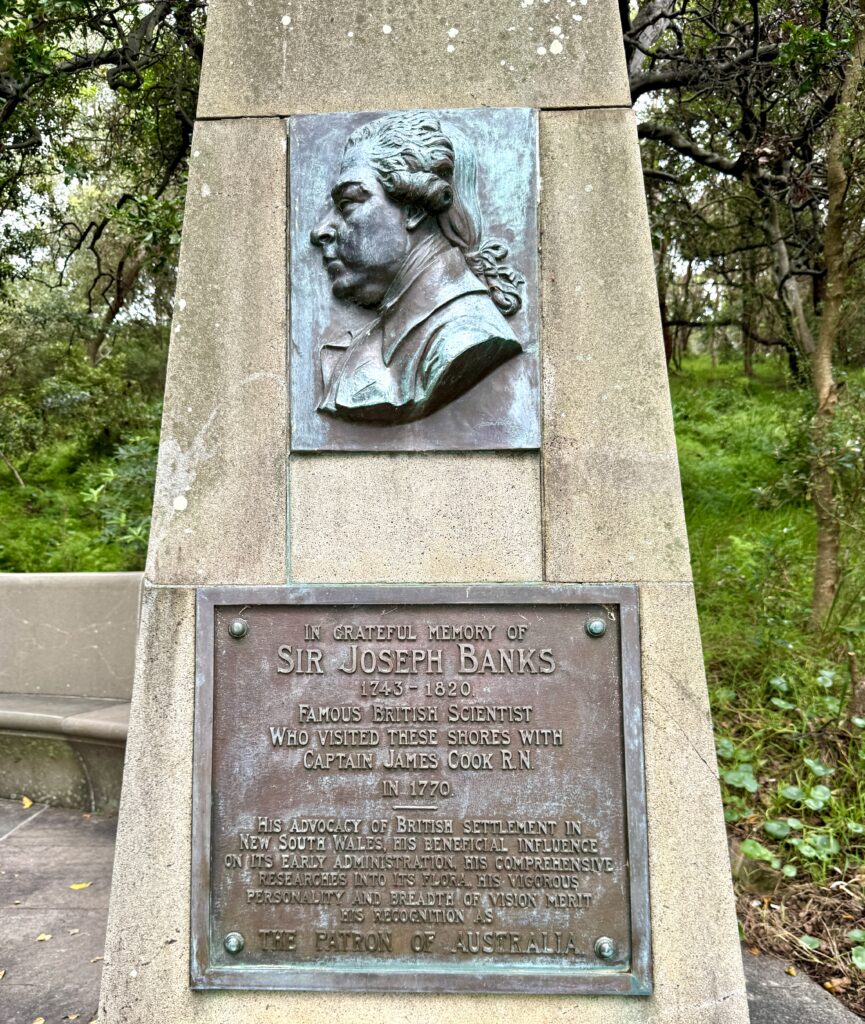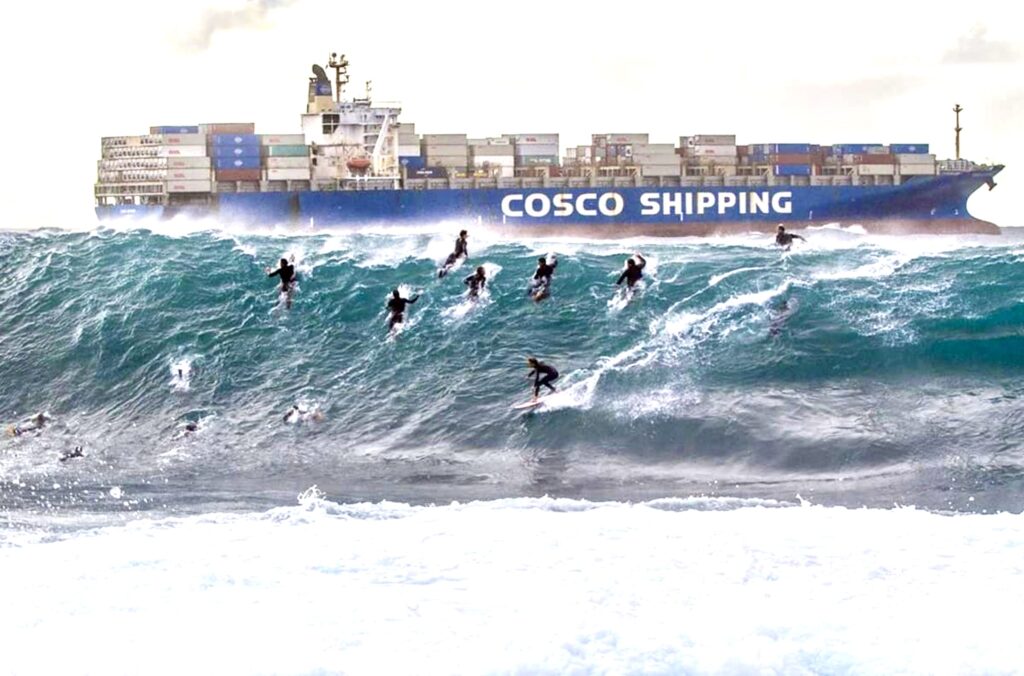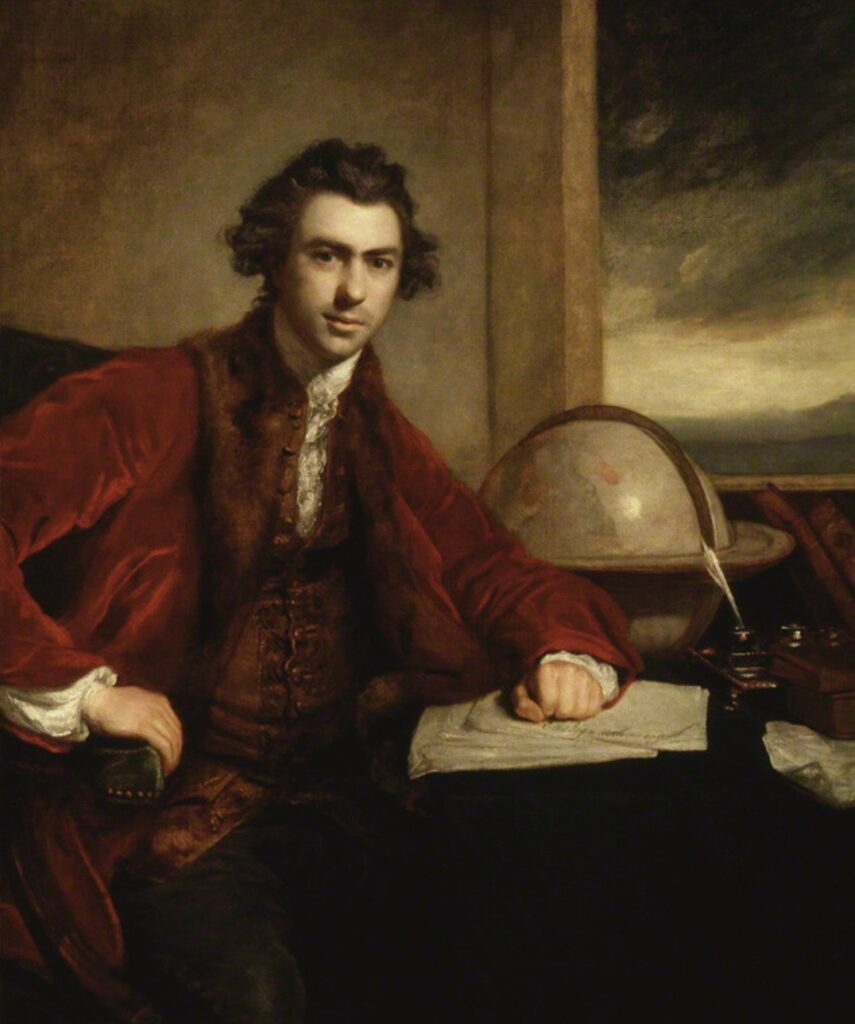
From Henry Head and Cape Bailey
It’s strange how we often take the things closest to us for granted. Having spent most of my life living in Sydney up until now I’d never given much thought to the foreshores of Botany Bay much less visited them.
It was only through the chance comment by my dentist that I even realised the was a lighthouse at Henry Head on the northern entrance to Botany Bay. This encouraged me to add this lighthouse to my list and to my great surprise I discovered a stunningly beautiful and historic part of Sydney I never knew existed. Fittingly this was the first day of my second leg, Act II.


Starting at La Perouse I made me way around the foreshore passing the old fortifications at Bare Island and the Barrak Tower which date back to 1820 and started the 6km walk to Cape Banks via Henry Head. My first surprise was to happen upon Little Congwong Beach, which soon revealed itself to be a nudist hangout. Briefly observing the pilgrims I now know where the late Larry Pickering got the inspiration for his famous calendars of the ‘80’s! Managing to keep my kit on I continued on eventually arriving at the lighthouse, which was underwhelming to say the least, you know something is lacking style when the graffiti actually makes it look more interesting! However, this proved to be a case of the journey being better than the destination.


Not content with simply going to the lighthouse I continued on and the scenery got ever more spectacular, deserted beaches, crystal clear water and ahead lay the beautifully barren Cape Banks, (named after one of my heroes, Sir Joseph Banks*). Desolate, with tortured sandstone cliffs set against a wild and untamed coast – not what you’d expect to find in metropolitan Sydney! To cap it all off I discovered the rusting remains of the steamer Minmi which was wrecked here in 1937.




This first port of call was an unexpected delight, soon to be followed by what lay ahead on the other side of the bay.
As I’ve previously mentioned one of the enduring legacies of my trip down the east coast has been a growing respect and admiration for the exploits of one Captain Cook and the crew of the Endeavour on their epic voyage of discovery in 1770. It’s one thing to learn about this from a textbook but on a whole different level to go to the places they visited and better understand the level of skill and bravery they displayed over 250 years ago! In fact, it’s inspired my next adventure which will be to follow their course in a sailing boat, from Point Hicks to Booby Island (anyone want to join me)?


So it was fitting that I took time to revisit the place where they first set foot on this Great Southern Land, and where the first recorded contact with our First Australians took place. I’d been here before but this time it had far greater poignancy. It was also pleasing to see that in the intervening years since my last visit it’s not only the “white man’s” history that’s recognised here but also the impact this epoch changing event had on the original inhabitants.




The land and waters surrounding Botany Bay holds profound significance for the Dharawal people, who call this place “Kamay.” For thousands of years before European arrival the Gweagal clan of the Dharawal maintained a deep connection to these shores, and it was they who first made contact with the ghostly men in their “space” ships, and encounter almost as bizarre for them as meeting extraterrestrials would be for us!


Further around the Kurnell headlands is Cape Solander named in honour of Banks’s esteemed assistant naturalist, Daniel Solander, and from there it’s a 6km walk along the wild sandstone cliffs to the Cape Bailey lighthouse, again a fairly unimpressive concrete block edifice positioned on a sandhill set back from the cliff edge.


I must say I found it ironic that these two lighthouses which are located in an area of such historical significance and natural beauty are so unattractive and utilitarian. It’s equally ironic that with all the technological advances the lighthouses built in the 20th century are failing the test of time whereas the magnificent lighthouses from the 19th century not only have stood the test of time but still cast a spell over those that visit them today and continue to provide a welcome light to those at sea.
(*) On Sir Joseph Banks:
Five or six years ago I developed a skin care range featuring a number of Australian native ingredients including Tea Tree and Eucalyptus oils, translating their indigenous and homespun applications into a more contemporary formulations. In recognition of his contribution to studying and classifying our native flora I called this range Joe Banks, a slightly irreverent nod to Sir Joseph!

All was going well, we’d developed a great range, branding and packaging when out of nowhere came the COVID bomb, and with it the “Black Lives Matter” protest which then seemed to morph into a wider anti-colonial movement.
As a result my partners and potential customers insisted we change the branding which I wholeheartedly resisted. I found it offensive that great men such as Cook and Banks could be vilified by people who obviously hadn’t taken the trouble to research the fact that both these men respected the local indigenous people and rejected the notion of Terra Nullius. In the case of Banks he compiled the first dictionary of over 700 local indigenous words to English while they were stranded at Cooktown. Hardly the work of a genocidist!


In addition to sponsoring Cook’s first and second voyages of Sir Joseph was President of the Royal Geographical Society dedicated his life to understanding and respecting the natural environment. In frustration at the misguided politics of the situation I wrote to Sir David Attenborough voicing my concerns and asking his opinion of Bank’s legacy. He wrote back to me stating that in his opinion “Sir Joseph Banks was one of the three greatest British scientists, in the company of Sir Charles Darwin and Sir Isaac Newton”! Enough said!